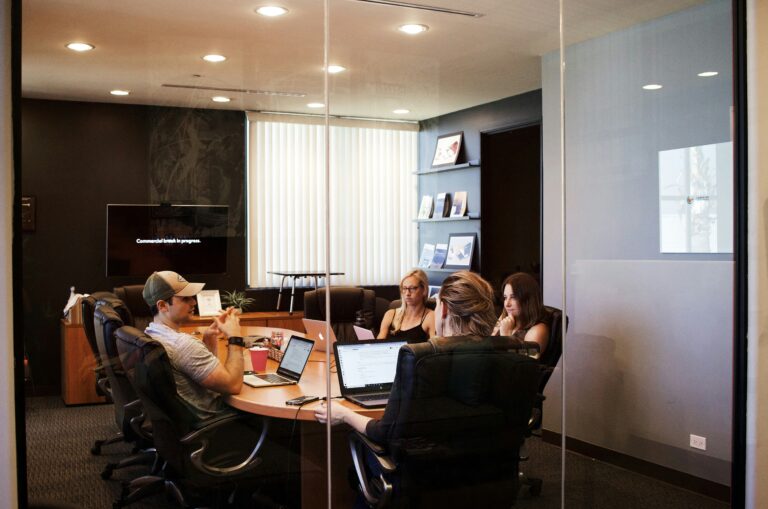It’s no secret that employee retention is more challenging than ever in a post-pandemic, hybrid working world. But while many leaders focus on salary and standard perks, the true drivers of loyalty and longevity at work might surprise you.
1. Workplace Flexibility
Recent data shows that over 60% of UK job seekers would prioritise a more flexible role over higher pay. For younger workers, that figure rises to over 90%, where flexibility is no longer an added perk but a baseline expectation. According to the World Happiness Foundation, 82% of employees say the ability to work from anywhere has made them happier.
Olya commented: “Flexibility is always supported by trust; it’s a non-negotiable for a large portion of the workforce. These figures show that flexibility is a proven driver of wellbeing, engagement, and retention. If employers ignore this shift, they risk a real talent exodus.”
2. Meaningful Benefits
In the Best Workplaces 2025 awards, companies were recognised for benefits that went beyond the usual box-ticking. Rather than focusing on flashy perks that look good in recruitment materials, the winning companies addressed real human needs and life changes that impact workplace performance, such as pet bereavement leave, driving lessons, and extended neonatal leave.
Olya commented: “People don’t talk about the ping pong table when deciding to stay; they remember how they were treated when life got complicated. It’s the most thoughtful benefits that make the biggest impact, in particular the ones that show a deeper understanding of what actually supports employees’ wellbeing and productivity.”
3. Growth and Development Opportunities
Research consistently shows that employees stay where they see a path forward, a chance to broaden skills, lead projects, or explore interests that overlap with work.
Olya commented: “When employees feel their contribution is evolving and they remain challenged and excited by the work they do, they are far less likely to look elsewhere.
“That doesn’t have to mean constant promotions, it’s about creating clear paths for learning and development. Opportunities for personal and professional development through training and mentoring show employees you’re invested in their growth and development.
“If suitable training can’t be provided internally, look at enrolling employees on appropriate courses or bringing in experts that can help.”
4. Strong Communication and Trust
Employee retention is built on the invisible layer of trust that comes from open communication. When people feel they can share ideas, frustrations, or feedback without risk, the relationship with the organisation deepens.
Olya commented: “If communication is one-way or inconsistent, frustrations can build up quickly. Open, two-way communication is a hallmark of great company culture.
“Creating regular touchpoints through feedback channels like 1-2-1 catch ups, surveys and open forums, allows employees to raise concerns, offer ideas and feel more connected to what’s happening in the business.
“Taking on board any feedback is also essential so employees feel as though they’d being heard, and any improvements can be put into place straight away, creating a positive workplace culture.”
5. Fairness and Recognition
Benefits, flexibility and development matter, but fairness in how opportunities, recognition, and workloads are distributed could matter more.
Olya commented: “People rarely leave because of coffee or office perks. They leave when they feel unseen or unfairly treated.
“Recognition has to be there and it has to be genuine. Effort should be noticed and opportunities should be distributed fairly – not just because the recipients are good friends with management. A thriving workplace environment with no favouritism or bias will make it much easier to stay as an employee.”






